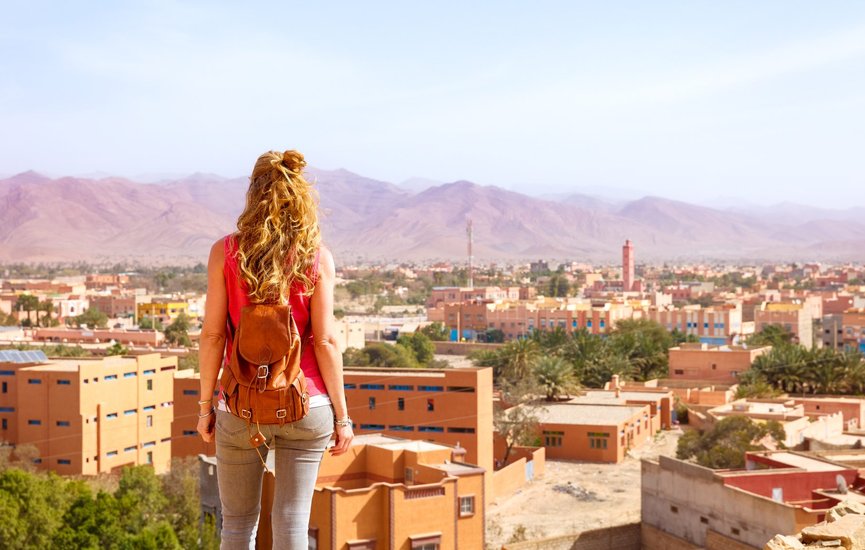Mohammedia – Global International Tourist Arrivals Rise by 5% in H1 2025, Africa Leads Growth
International tourist arrivals increased by approximately 5% in the first half of 2025, with 690 million visitors globally, compared to the same period in 2024. According to the United Nations World Tourism Organization (UN Tourism), this surge in arrivals surpassed pre-pandemic levels from 2019.
However, growth was not uniform across all regions. Africa saw the highest year-on-year increase, with a double-digit rise that outpaced other regions worldwide. Within Africa, North Africa stood out, delivering particularly strong results. Reports and industry summaries consistently emphasized that African destinations, led by Morocco, played a crucial role in the global tourism recovery during H1 2025.
Morocco’s Strong Performance in H1 2025
Morocco saw substantial tourism growth in the first half of 2025, with both official and industry reports indicating significant increases in arrivals, overnight stays, and revenue compared to the same period in 2024. Data from Morocco’s National Tourism Industry and rising foreign-currency receipts point to a sharp rise in visitors and earnings.
Reports indicated that Morocco welcomed 8.9 million tourists in the first half of 2025, marking a roughly 19% increase year-on-year. Other data tracking arrivals through July and August showed a further rise in inbound visitors, with the government's tourism strategy and enhanced air connectivity contributing to this growth.
Morocco’s performance is set against a strong baseline, following a record year for tourism in 2024, which also saw significant increases in arrivals and revenue. In early 2025, tourism revenue continued to rise, contributing valuable foreign exchange to Morocco’s economy amid mixed results in other sectors. Official reports indicated that tourism earnings amounted to billions of dirhams during H1 2025.
Increase in Overnight Stays
Overnight stays in classified accommodations also saw growth. The Morocco Tourism Observatory recorded double-digit growth in nights spent in hotels and other formal lodging facilities, with contributions from both international and domestic tourists. This growth aligns with the higher visitor numbers and longer seasonal stays observed during the summer months.
Morocco’s Impact on Africa’s Tourism Growth in H1 2025
North Africa’s performance was instrumental in driving Africa’s overall growth in H1 2025, with Morocco frequently cited as one of the region’s top performers. Improved air connectivity, ongoing marketing efforts, and momentum from 2024 were key factors behind Morocco’s success in early 2025.
UN Tourism’s regional data highlighted that North Africa outpaced many other subregions in growth, underscoring Morocco’s significant influence on the continent’s performance. Reports noted that Morocco’s diverse tourism offerings, including cultural, coastal, and city-based experiences, continued to attract a wide range of international visitors.
Outlook for 2025
While global tourism results showed regional variation, UN Tourism stressed the importance of continued monitoring to understand full-year trends. Morocco’s strong performance through the summer of 2025 suggests a positive outlook for arrivals and earnings. However, the final results for 2025 will depend on seasonal performance and broader economic and geopolitical factors that could impact tourism from source markets.
